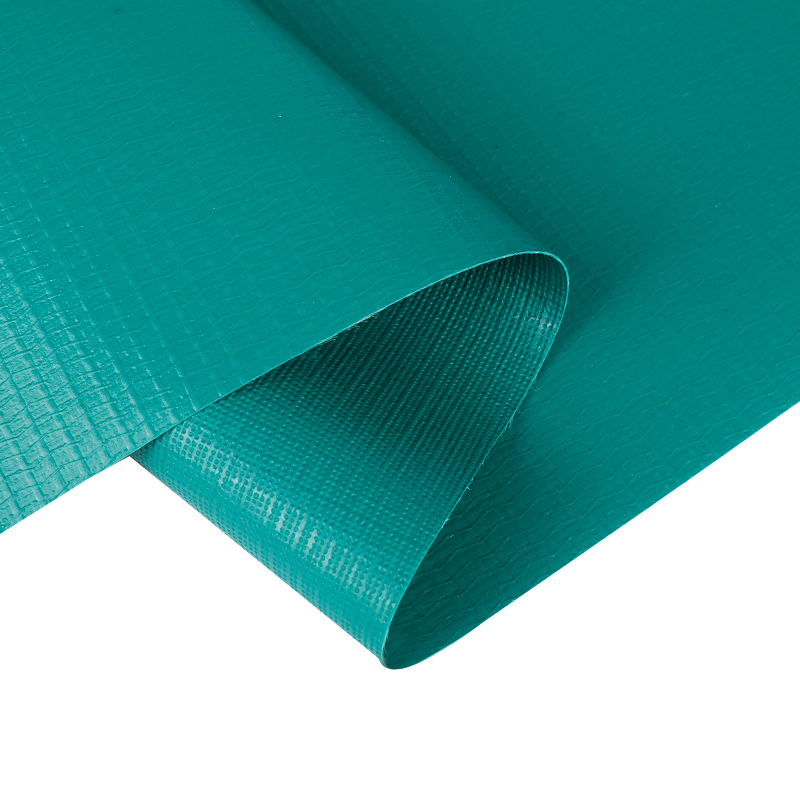Embossed laminated tarpaulins offer a unique combination of strength, durability, and aesthetics, making them a preferred choice for many industrial, commercial, and outdoor applications. But what makes them so special compared to their non-embossed counterparts? The answer lies in the embossing process itself. This technique not only alters the surface appearance but also significantly enhances the structural integrity of the material, offering greater resistance to wear and tear. To fully appreciate the impact of embossing on tarpaulin strength, it's important to understand how the process works and what benefits it provides over non-embossed alternatives.
The embossing process involves applying heat and pressure to the tarpaulin material while it’s being laminated, creating a textured or raised pattern on the surface. This pattern could range from simple geometric shapes to more complex designs. The result is not just a visually distinct appearance, but a tangible improvement in the material’s resilience. The heat and pressure applied during embossing help to bond the layers of the tarpaulin more firmly, leading to an increased overall strength. In essence, the embossed surface reinforces the tarp, making it more resistant to abrasion and punctures compared to a flat, non-embossed surface. This is especially important for heavy-duty uses, such as vehicle covers, machinery protection, or temporary shelters, where exposure to rough surfaces or intense environmental conditions can otherwise cause rapid wear.

In addition to enhancing resistance to physical damage, the embossed texture plays a significant role in improving the grip of the tarpaulin. This added friction prevents slippage, whether the tarp is being used to cover equipment, laid out on the ground, or used in construction. In outdoor settings, especially in wet or slippery conditions, this improved grip can be crucial for ensuring that the tarpaulin stays in place and performs its protective role. Non-embossed tarps, on the other hand, may be more prone to sliding, which could expose the covered items to the elements or compromise the tarp's ability to function effectively.
Another advantage of the embossing process is its ability to increase the tear resistance of the tarpaulin. The raised patterns created during embossing distribute stress more evenly across the surface of the material. This helps prevent localized damage, such as tears or punctures that might occur under pressure in a non-embossed tarpaulin. Furthermore, the embossing process can contribute to better UV resistance. By increasing the surface area and texture, it can provide an additional layer of protection against the sun’s harsh rays, which are known to degrade many materials over time. Non-embossed tarpaulins, although laminated for water resistance, do not benefit from this added structural enhancement and may degrade faster under prolonged exposure to UV light.
The benefits of embossed laminated tarpaulins go beyond just protection. The lamination process itself ensures that the tarp is impervious to water, and embossing further enhances this by creating more durable seams and edges. The embossed surface may also contribute to the tarp’s thermal insulation properties, making it more effective in controlling temperature fluctuations in certain applications. These combined factors make embossed laminated tarps ideal for outdoor and industrial environments, where durability and long-term performance are crucial.
The embossing process is a game-changer in the tarpaulin industry, improving both the physical and functional properties of the material. Compared to non-embossed alternatives, embossed tarpaulins offer superior abrasion resistance, puncture protection, UV stability, and a more reliable grip. These enhanced characteristics make them better suited for demanding tasks and harsh environments, giving them a significant edge in terms of both longevity and performance. Whether you're using it for equipment covers, construction, or temporary shelters, an embossed laminated tarpaulin is more than just a visually appealing option—it's a smart investment in durability and strength.











